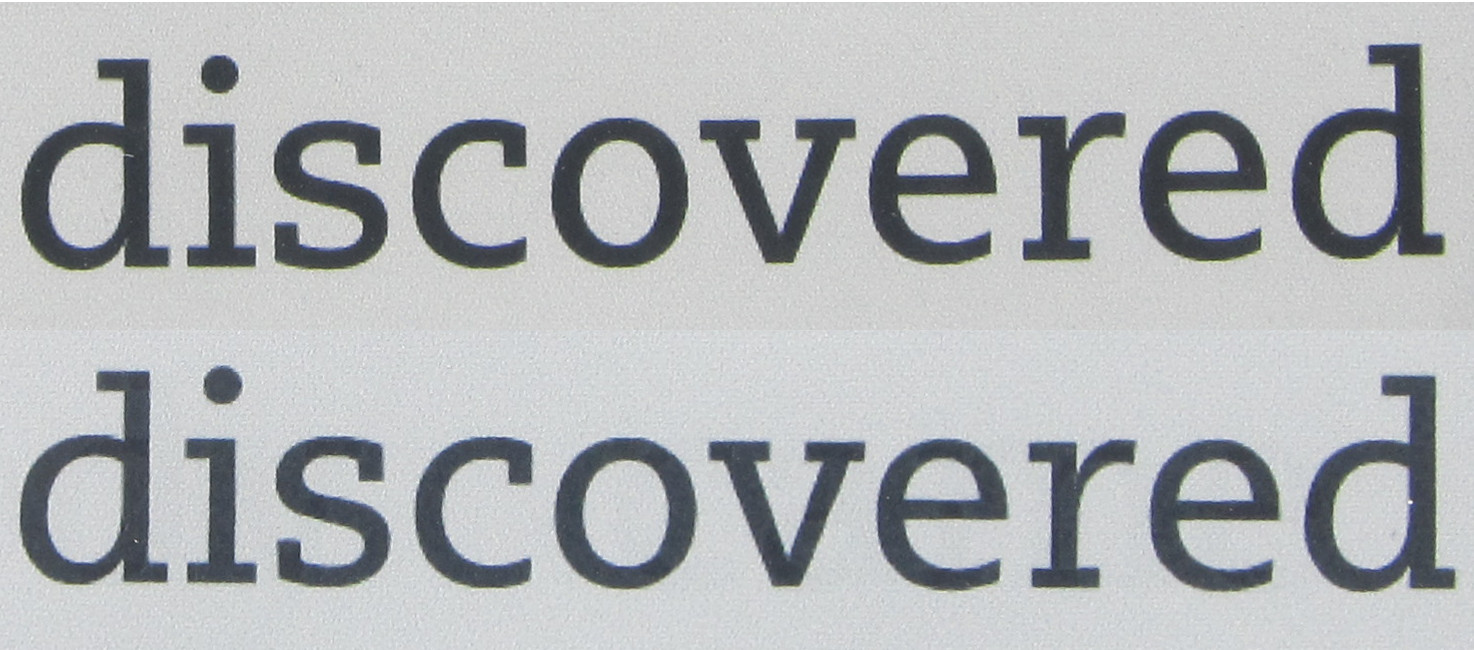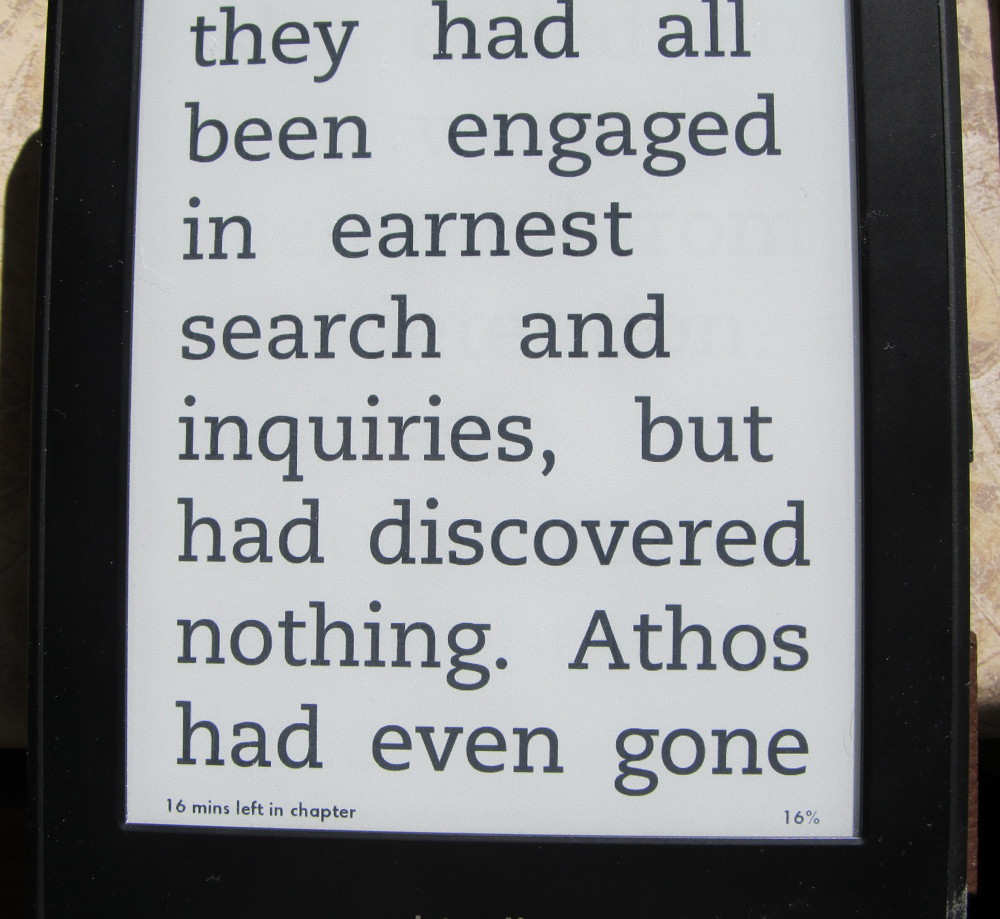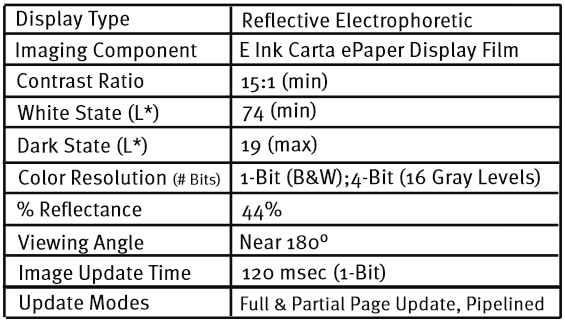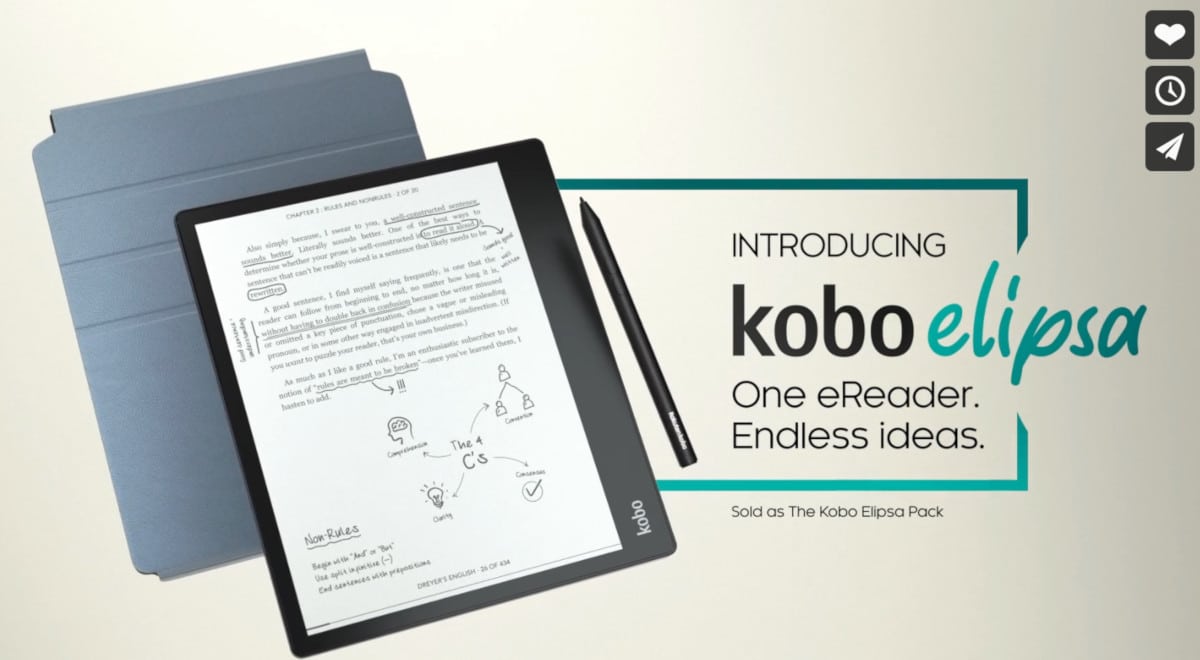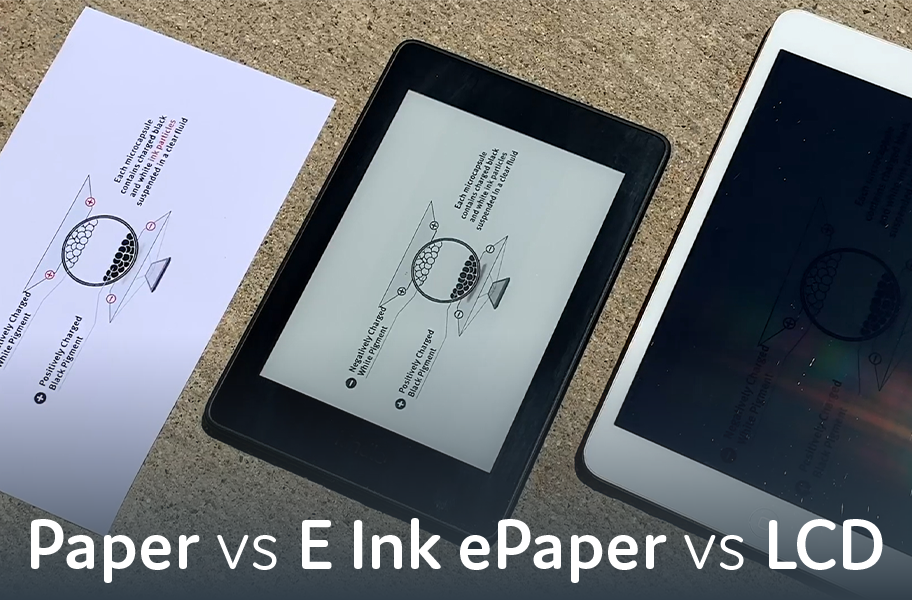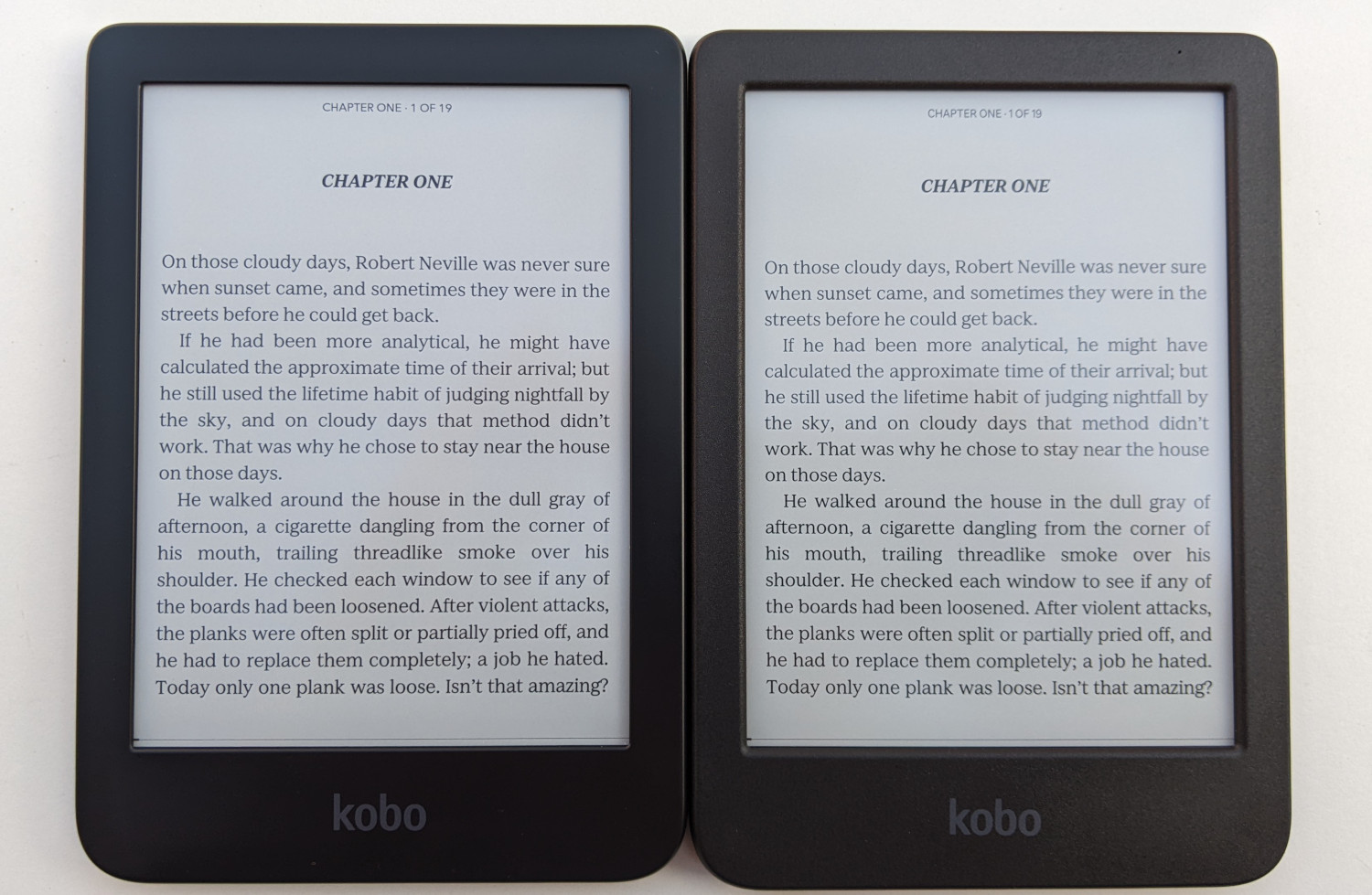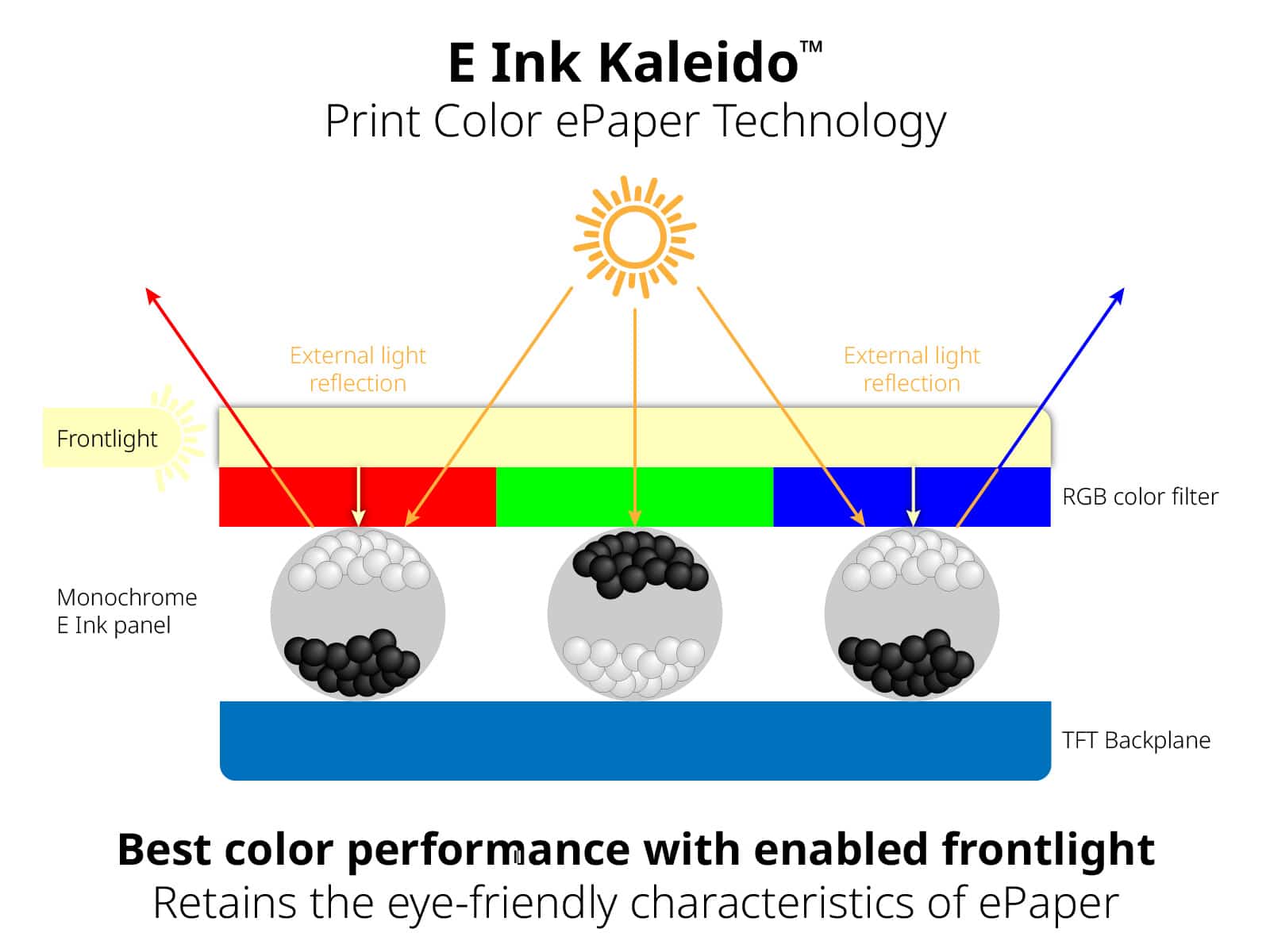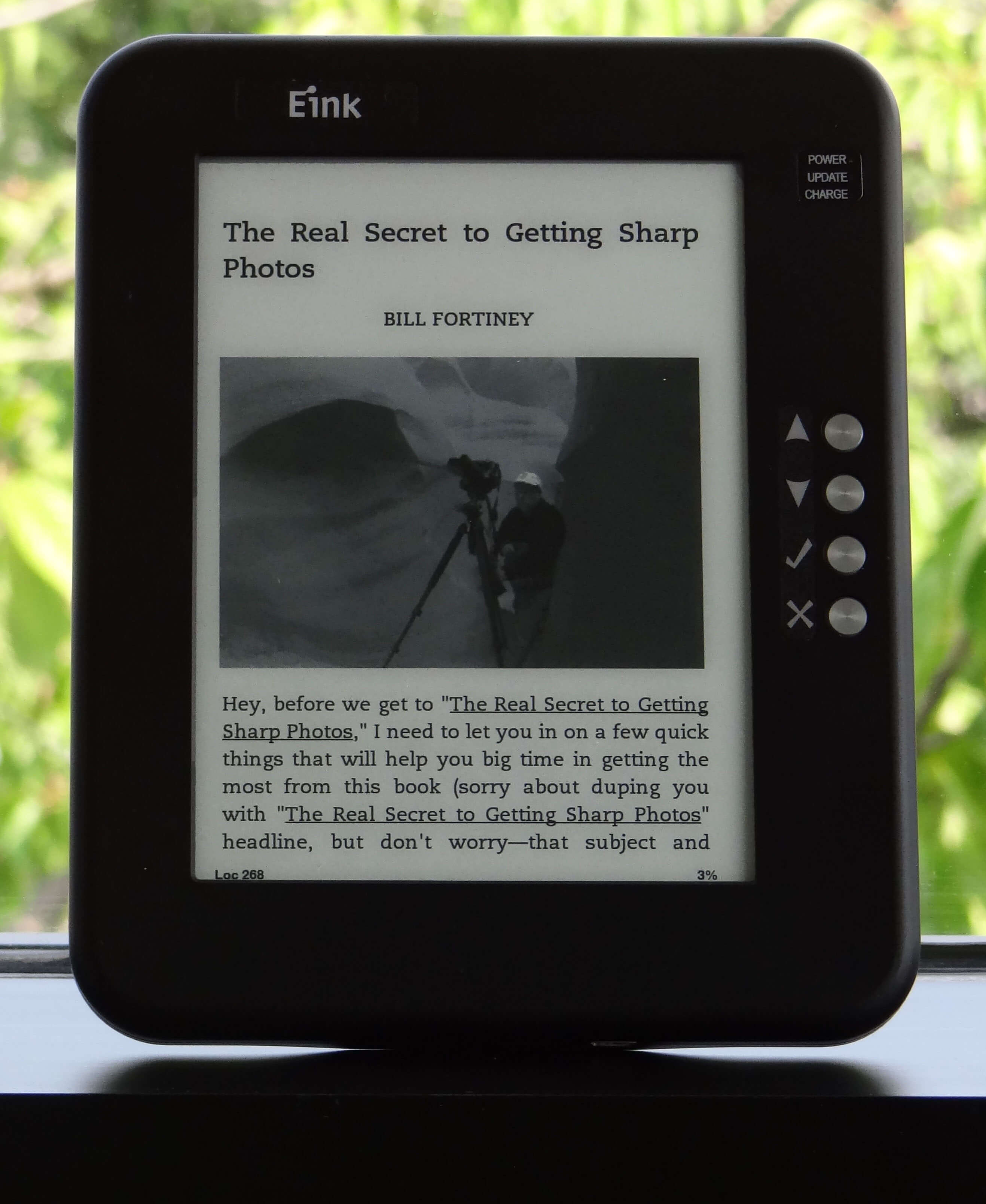E Ink Carta Vs E Ink Pearl
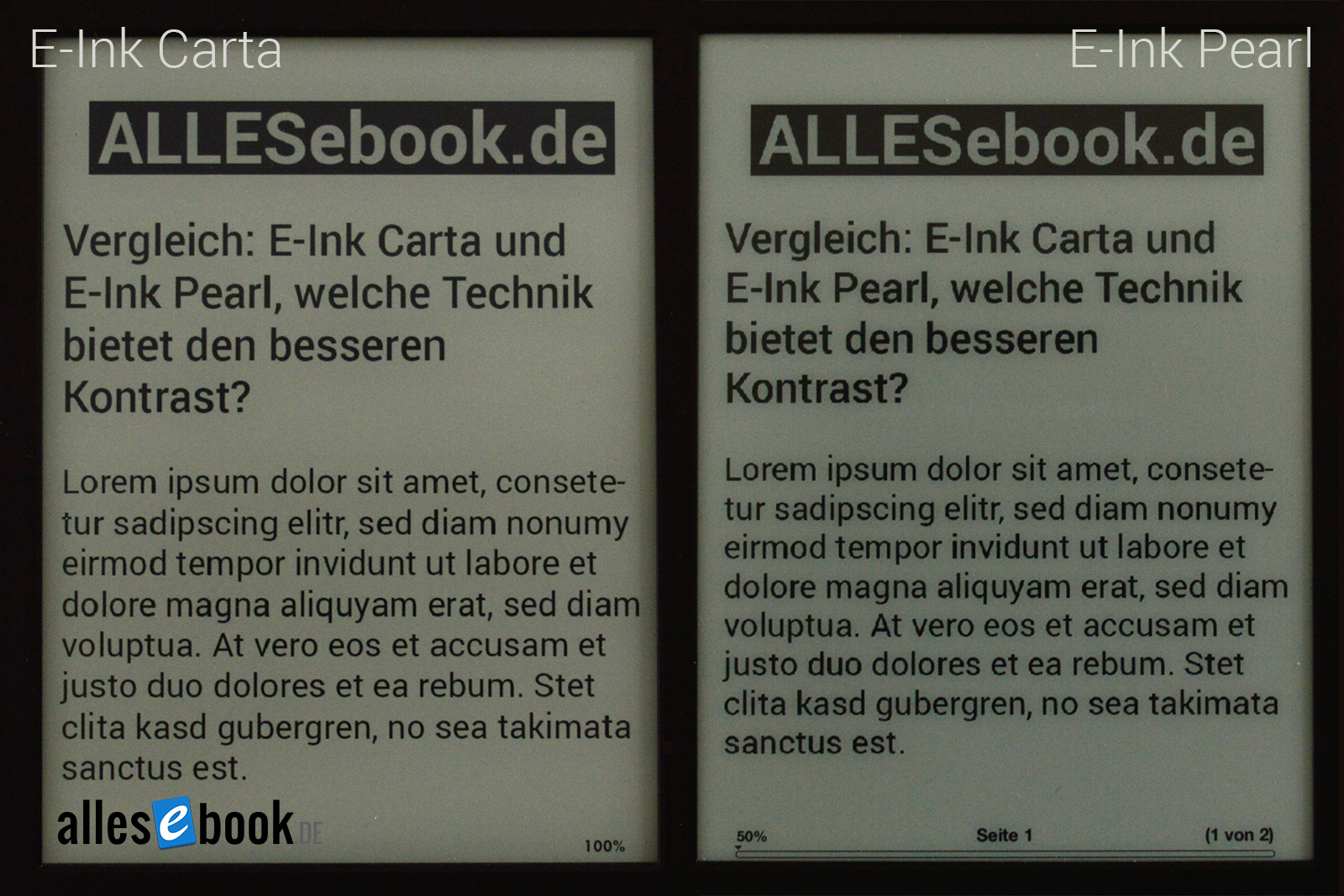
For over a decade, E Ink technology has dominated the e-reader market, providing a reading experience remarkably similar to paper. But beneath the seemingly simple surface lies constant innovation, with two display technologies standing out: E Ink Carta and E Ink Pearl. The choice between these technologies significantly impacts readability, power consumption, and overall user experience, leading to an ongoing debate among e-reader manufacturers and consumers alike.
This article delves into a comprehensive comparison of E Ink Carta and E Ink Pearl, exploring their technical specifications, performance characteristics, and impact on the e-reader market. By examining contrast ratios, resolution, refresh rates, and energy efficiency, we aim to provide a clear understanding of the strengths and weaknesses of each technology, ultimately guiding readers toward informed purchasing decisions.
E Ink Pearl: The Foundation of E-Reading
E Ink Pearl, introduced in 2010, represented a significant leap forward in e-reader display technology. It replaced the earlier Vizplex technology, offering a notably improved contrast ratio.
This enhanced contrast made text appear sharper and clearer, reducing eye strain and providing a more comfortable reading experience. Early Kindle models, Nooks, and other popular e-readers widely adopted the Pearl display.
The technology relies on tiny microcapsules filled with black and white pigment particles. These particles shift position in response to an electrical field, creating the visual representation of text and images.
Technical Specifications of Pearl
E Ink Pearl typically achieves a contrast ratio of around 10:1. This means that the brightest white pixel is ten times brighter than the darkest black pixel.
Resolution varies depending on the device but often settles around 167 pixels per inch (PPI) for standard 6-inch e-readers. Gray scale support is generally limited to 16 shades.
The refresh rate, or the speed at which the display updates, is relatively slow compared to modern LCD screens. However, this slow refresh rate contributes to the exceptional power efficiency of E Ink technology.
E Ink Carta: The Evolution of Clarity
E Ink Carta, launched in 2013, built upon the foundation of Pearl, offering further refinements and improvements. Its arrival marked a significant upgrade in display quality for e-readers.
The primary improvement lies in the enhanced contrast ratio, resulting in even sharper and clearer text. This translates to a more paper-like reading experience, further reducing eye strain during prolonged use.
Many modern e-readers, including the Kindle Paperwhite and Kobo Clara HD, feature Carta displays. It has become the industry standard for mid-range and high-end devices.
Technical Specifications of Carta
E Ink Carta boasts a significantly improved contrast ratio, typically reaching 15:1 or higher. This translates to a noticeable difference in readability compared to Pearl.
Resolution can range from 212 PPI to 300 PPI or even higher in premium devices, offering crisper text and finer detail. Gray scale support remains consistent at 16 shades.
While refresh rates remain similar to Pearl, advancements in waveform control allow for faster partial page updates, reducing ghosting effects. These waveform control are algorithms that optimize how the display changes its pixels, minimizing artifacts and improving the transition between screens.
Key Differences: Pearl vs. Carta
The most significant difference between Pearl and Carta is the contrast ratio. Carta's higher contrast results in a more distinct and readable display, especially under varying lighting conditions.
While both technologies offer similar power efficiency, Carta's improved display quality often leads to a more enjoyable reading experience, encouraging longer reading sessions. Another difference lies in the surface texture, with Carta often having a slightly smoother, less grainy appearance compared to Pearl.
Older devices utilizing Pearl may exhibit more noticeable ghosting, where faint remnants of the previous page remain visible. Carta addresses this issue through optimized waveform control.
Impact on the E-Reader Market
The introduction of E Ink Carta had a profound impact on the e-reader market. It set a new standard for display quality, prompting manufacturers to upgrade their devices.
As Carta became more readily available and affordable, it gradually replaced Pearl in most mainstream e-readers. Consumers now expect a high-resolution, high-contrast display, thanks to the advancements pioneered by Carta.
The evolution from Pearl to Carta also spurred further innovation in display technologies. This led to the development of newer E Ink technologies such as E Ink Mobius (flexible displays) and E Ink Kaleido (color displays).
The User Experience: Which is Better?
For most users, the difference between Pearl and Carta is readily apparent. Carta offers a noticeably sharper and clearer reading experience, especially at higher resolutions.
However, the cost of e-readers equipped with Pearl displays is generally lower. This can be an important consideration for budget-conscious consumers.
Ultimately, the "better" technology depends on individual preferences and priorities. If readability and visual clarity are paramount, Carta is the clear winner. If affordability is the primary concern, a Pearl-based e-reader can still provide a satisfactory reading experience.
It's important to note that even within the Carta category, there are variations in display quality. Some manufacturers may implement additional optimizations or enhancements to further improve the reading experience.
The Future of E Ink Technology
E Ink continues to innovate and push the boundaries of display technology. Newer developments focus on improving refresh rates, adding color capabilities, and enhancing flexibility.
While Carta remains a dominant force in the e-reader market, ongoing research and development promise even more advanced display technologies in the future. We can expect higher resolutions, faster refresh rates, and improved color accuracy in future E Ink devices.
The future of e-reading looks bright, with E Ink poised to remain at the forefront of display innovation. As technology advances, the reading experience will only continue to improve, bringing us closer to the ideal of reading anywhere, anytime, with unparalleled clarity and comfort.
